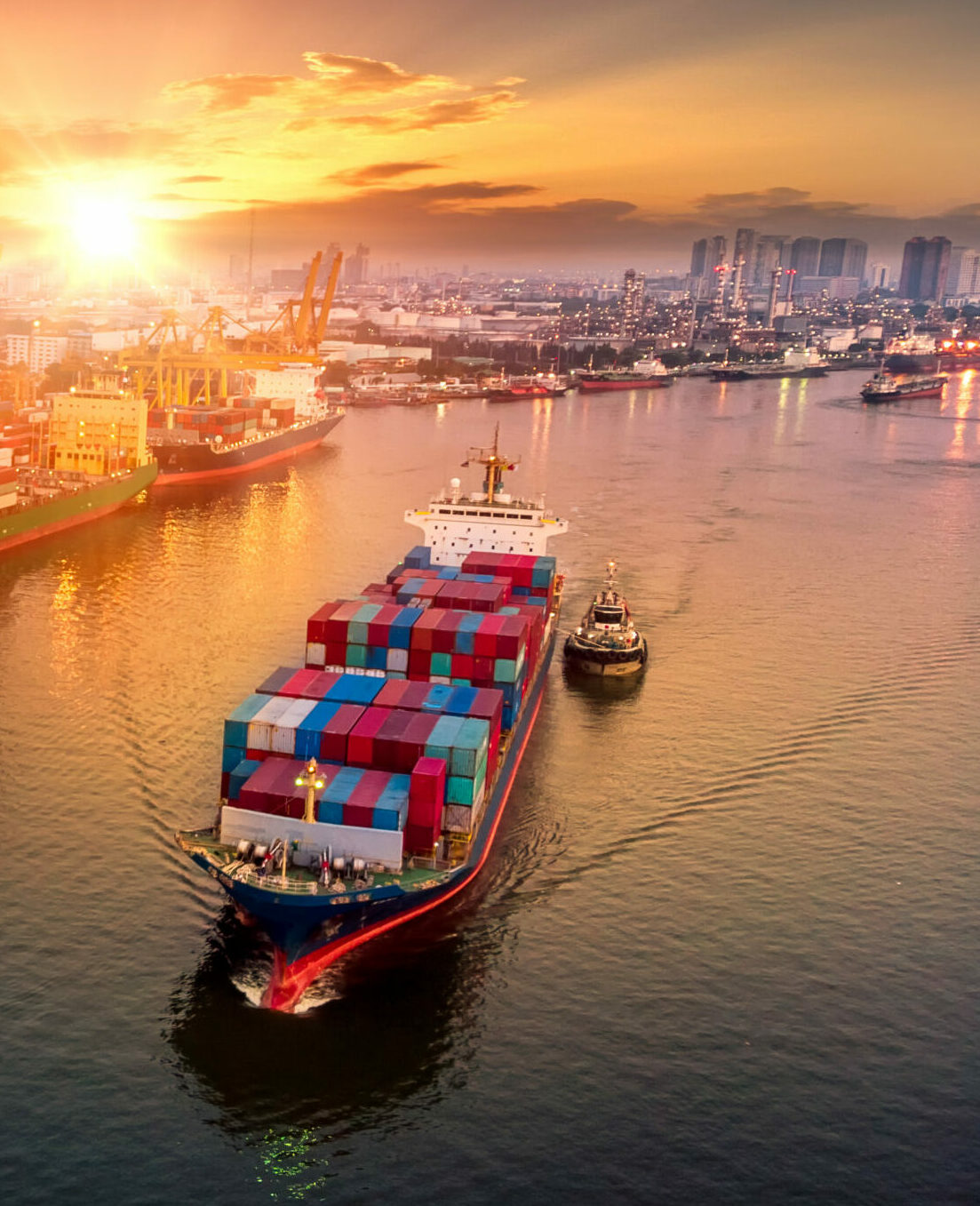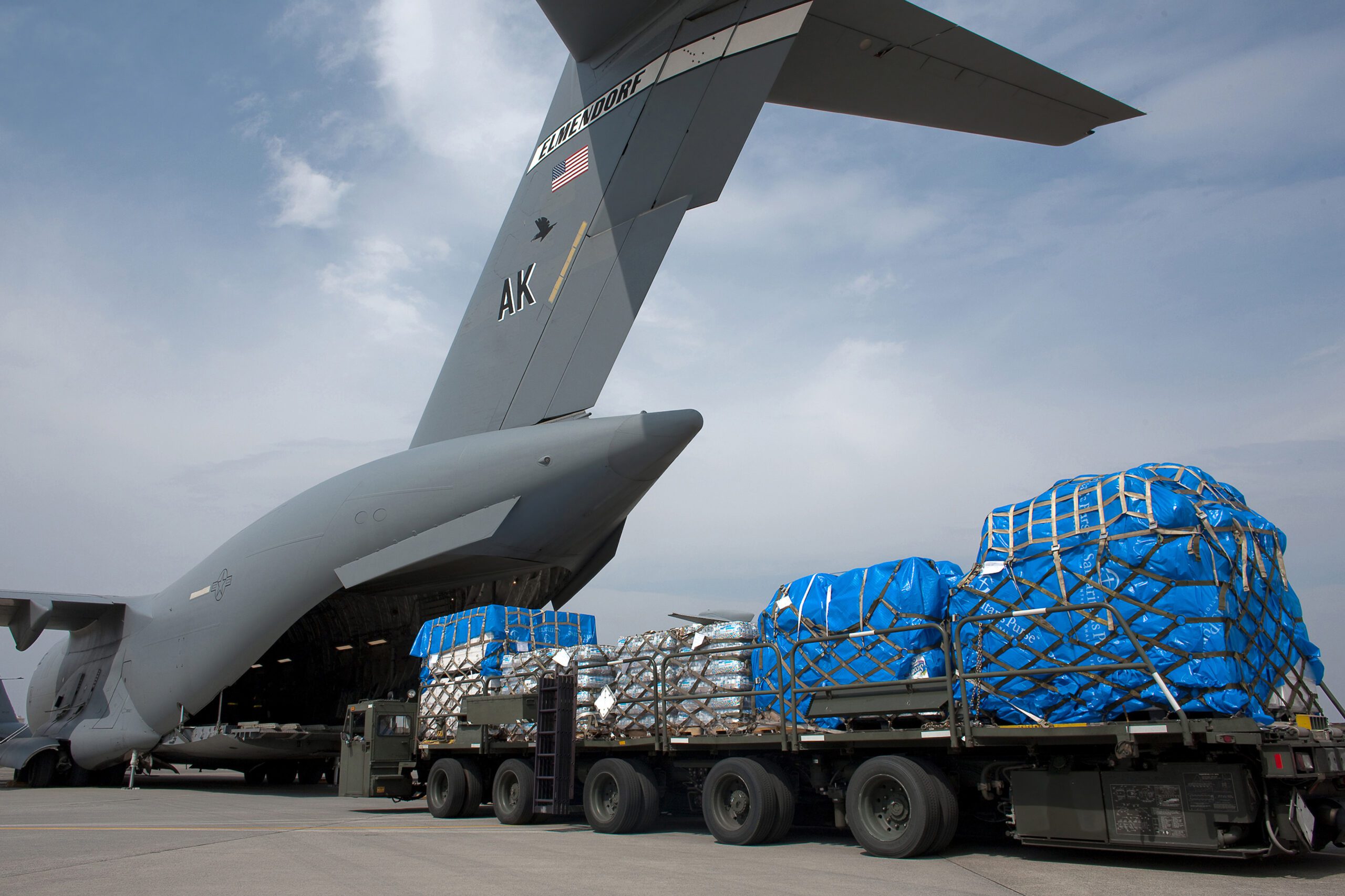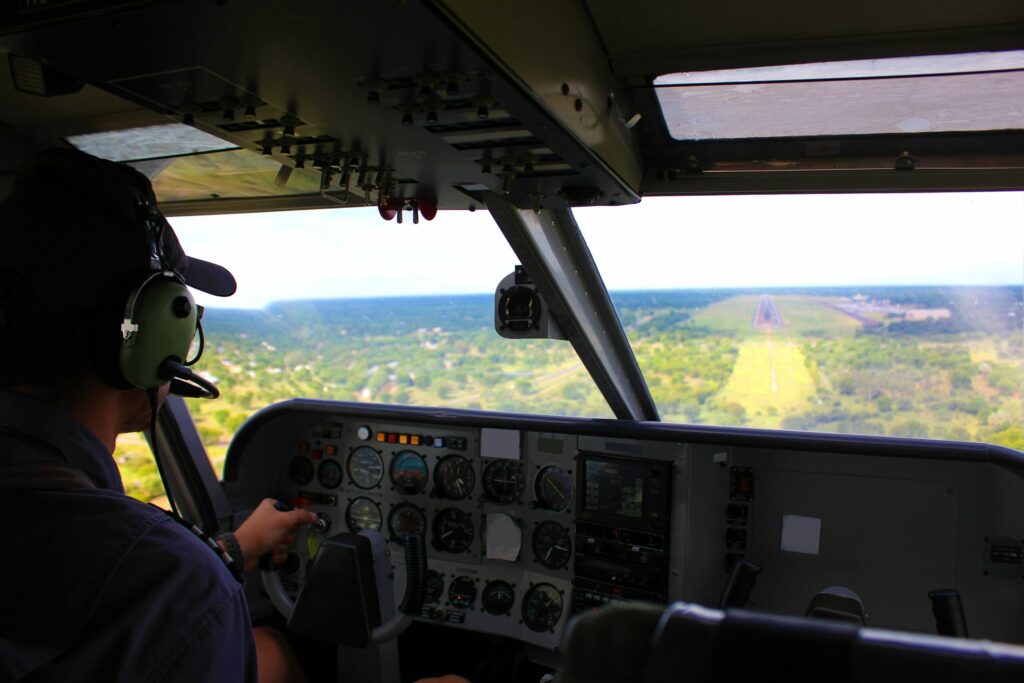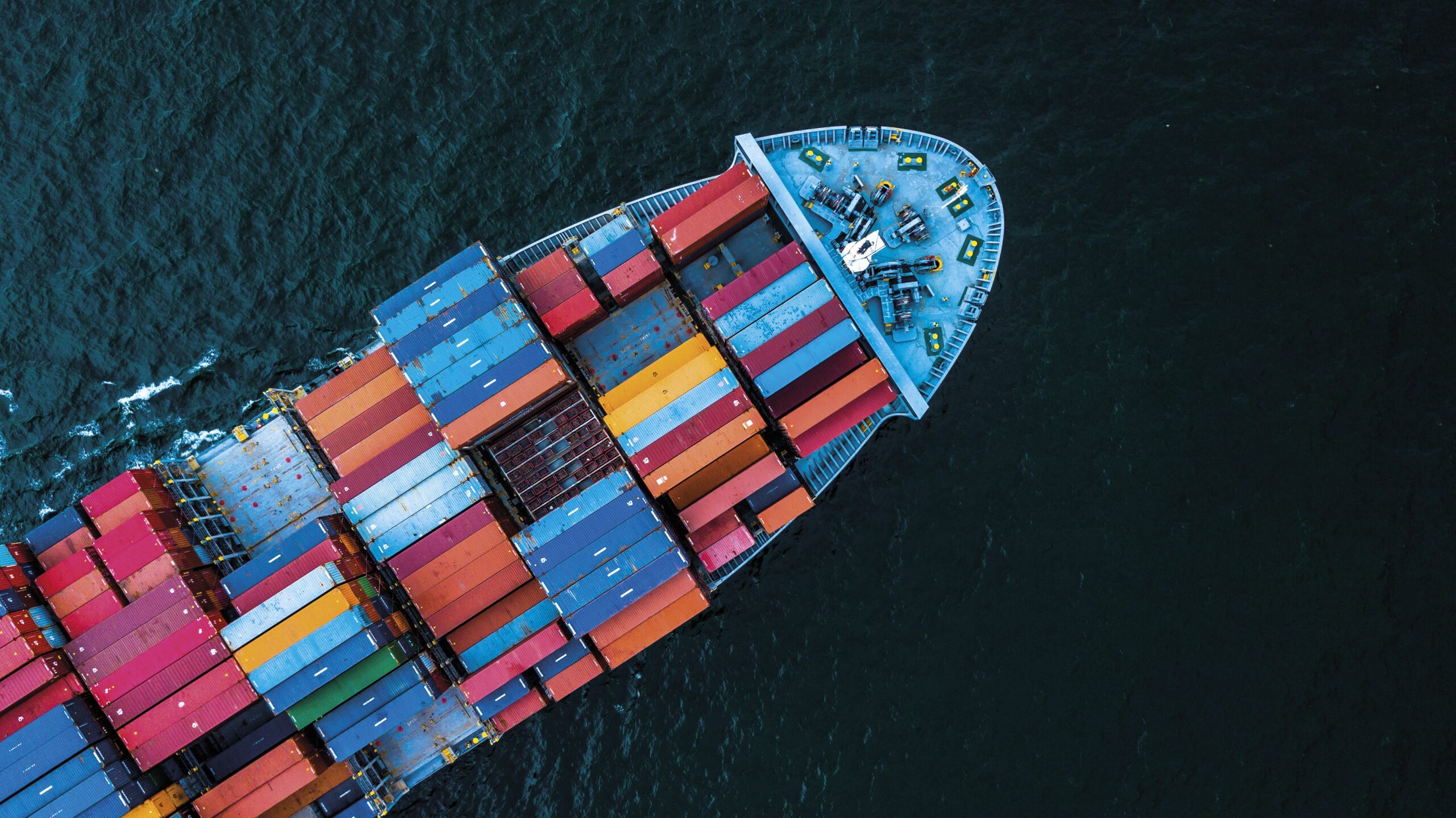
Humanitarian & Vaccine Logistics
How keeping things
moving builds a safer world.
When a crisis occurs, anywhere in the world, there’s a natural focus on what people need.
Do they need shelter? Food? Medicine? Do they need transportation, or a safe, clean water supply? Do they need trained humanitarian workers who know how to help? Do they need 28 questionable celebrities in one place with a bunch of microphones and equipment to record a charity single?
All those goods, people and raw materials need to reach the place they’re needed on time, and undamaged. Which isn’t always an easy feat when you’re dealing with some of the world’s most unstable or risky environments. That’s where efficient, modern logistics comes in. Our industry is well known for being agile and versatile – adapting to changes in weather or shifts in consumer demands at a moment’s notice. It’s a fast moving, exciting industry. And when we can use our skills for the good of the world around us, it can be even more rewarding.



Often, the challenges represented by humanitarian logistics are even greater than normal projects.
Unusual geography, brand new supply chains, unpredictable geo-political circumstances and incredibly tight timescales can all factor in.
If you’re the kind of person who rises to meet those challenges, and who takes pride in solving even the most complex problems in a way that makes a difference, then our industry is exactly what you’re looking for. You could be negotiating new agreements with suppliers to fast track much needed vaccines, or working with local guides to find the most appropriate path through a flood-damaged landscape. You could be planning air transport to supply the places lorries and ships can’t reach, integrating commercial aviation and airports into the aid network whilst working alongside delivery partners on the ground.

From the landing strip, your supply chain then finds the people and places it needs to reach in ways you might never see at home. Alongside trucks and vans, there could be motorcycle or bicycle couriers, workers on foot or on waterways. Once those goods are there, they need storing. So safe, secure warehousing is a must. Logistics teams need to work fast, solve problems and negotiate to get boots on the ground, and aid organisations supplied.
Specialist equipment and transportation also plays a part, especially when delivering medicine. Many COVID-19 vaccines, for example, need to be delivered chilled or frozen, which is hard to do when summer temperatures soar outside. Logistics engineers design and build new solutions to new problems, just like these.
Maybe you spend all your weekends modifying your car. Or building a custom PC. How about doing that on a much… much!… larger scale. Until it was destroyed during the war in Ukraine, the Antonov AN-225 was the world’s largest cargo plane, with six engines and a huge cargo hold big enough to carry a space shuttle, a fleet of HGVs or packed floor to ceiling with food supplies. Before every flight, engineers were hard at work reconfiguring the space inside to ensure that the plane could carry as much aid as possible to those in need. Whether delivering food and other supplies to Sierra Leone after a cyclone or bringing surgical masks to the EU from China at the start of the pandemic, a huge plane of this size made the difference to get aid to where it was needed, fast.

New Problems
New Solutions
But it’s not just the biggest efforts which make a difference. Smaller projects can have just as significant an impact on communities across the world. The charity Transaid works with partners across Africa to improve road safety and deliver vital services, such as healthcare. This can be done in the remotest of areas through a bicycle network that brings vaccines and other medicines to those in rural communities. Backed by many UK logistics companies, Transaid also works closely with partners and governments to train driver trainers to make the roads across Africa safer for all. The charity also works on traffic management systems and fleet maintenance across the continent.
So it might be the charity pop singles that raise awareness. But it’s the logistics industry that delivers. If you’re a calm head in a crisis, with a flair for problem solving, there’s a job for you helping make the world a better place.